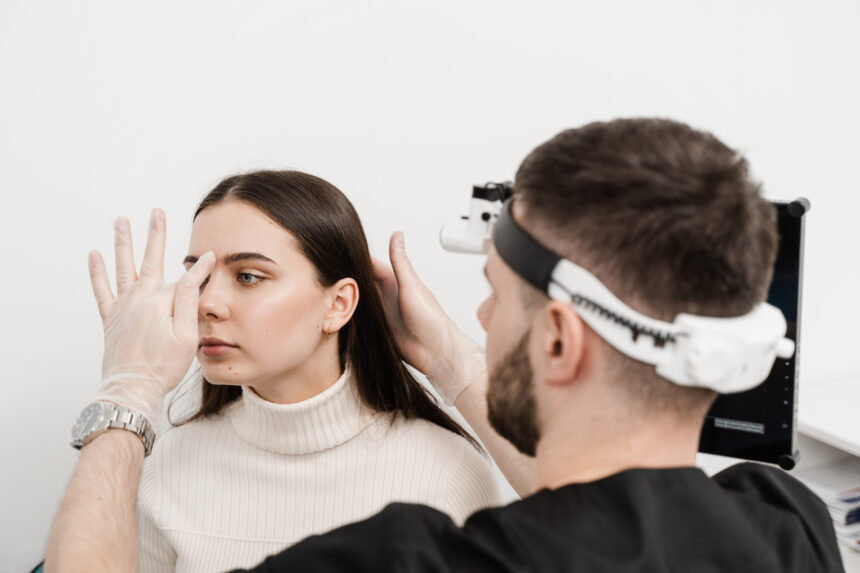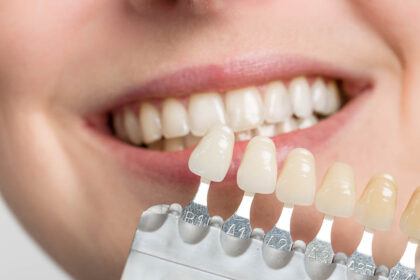The sinuses are a system of hollow cavities located within the skull, surrounding the nasal passages. These air-filled spaces are lined with a soft, pink tissue called mucosa, which produces mucus to help moisturize the air you breathe and trap pollutants and dust. When the sinuses are healthy, this mucus drains freely into the nasal cavity, but blockages may lead to persistent symptoms. Here’s information on sinusitis and how to prepare for a balloon sinuplasty treatment:
Understanding Sinusitis
Sinusitis occurs when the tissue lining the sinuses becomes inflamed or swollen. This inflammation can block the sinus openings, preventing mucus from draining properly and reducing your sense of smell. The buildup of fluid creates a moist environment where germs can grow, often leading to an infection. Common symptoms of sinusitis include:
- Facial Pain
- Facial Pressure
- Headache
- Nasal Congestion
- Postnasal Drip
While acute sinusitis is often temporary and resolves with time or medical care, chronic sinusitis is a more persistent condition. It is defined as sinusitis when lasting for 12 weeks or longer, despite treatment attempts. For individuals with chronic sinusitis that does not respond to medication, a balloon sinuplasty may be a recommended procedure to help restore normal sinus drainage and function.
Preparing for a Balloon Sinuplasty
A balloon sinuplasty is a procedure that clears blocked sinuses, performed in an outpatient setting under local anesthesia. For individuals who have not found relief from other treatments, physicians may recommend this option to address the underlying structural issues causing chronic inflammation and blockages. Once your provider confirms a sinusitis diagnosis, they will verify you are a good candidate for a sinuplasty with a CT scan.
The Pre-Procedure Instructions
Before your scheduled procedure, your physician will provide specific instructions to make sure you are prepared. You may be advised to avoid certain medications, like aspirin or other blood thinners, for a period of time before and after the treatment. Your provider will go over what to expect from your procedure, detailing whether you will need any follow-up appointments. Plan ahead by making transportation arrangements, as you will not be able to drive yourself home after this procedure.
The Procedure Itself
During a balloon sinuplasty, a physician guides a small, flexible balloon catheter into the inflamed sinus. The balloon is then gently inflated to expand the sinus opening. This process helps to widen the passage, allowing for proper drainage. After reshaping the sinus passage, a saline solution is used to clear it out. The balloon catheter allows the sinuses to remain open, without the need for cutting or removing any bone or tissue.
Benefitting From Minimally Invasive Techniques
Balloon sinuplasty is recommended as a minimally invasive technique, offering patients several advantages. The goal is to restore sinus function with minimal disruption to the surrounding tissues. These techniques are beneficial because they avoid the need for traditional surgical incisions and tissue removal. Since the procedure is less invasive, there is typically less post-procedure discomfort and a lower risk of scarring. Patients often report a quicker recovery time compared to conventional sinus surgery.
Schedule an Appointment
If you are experiencing persistent symptoms of chronic sinusitis, discussing your condition with a specialist can help you find relief. An ear, nose, and throat (ENT) physician can diagnose your condition and determine if a procedure like balloon sinuplasty is an appropriate option for you. Contact a specialist for a consultation today.








